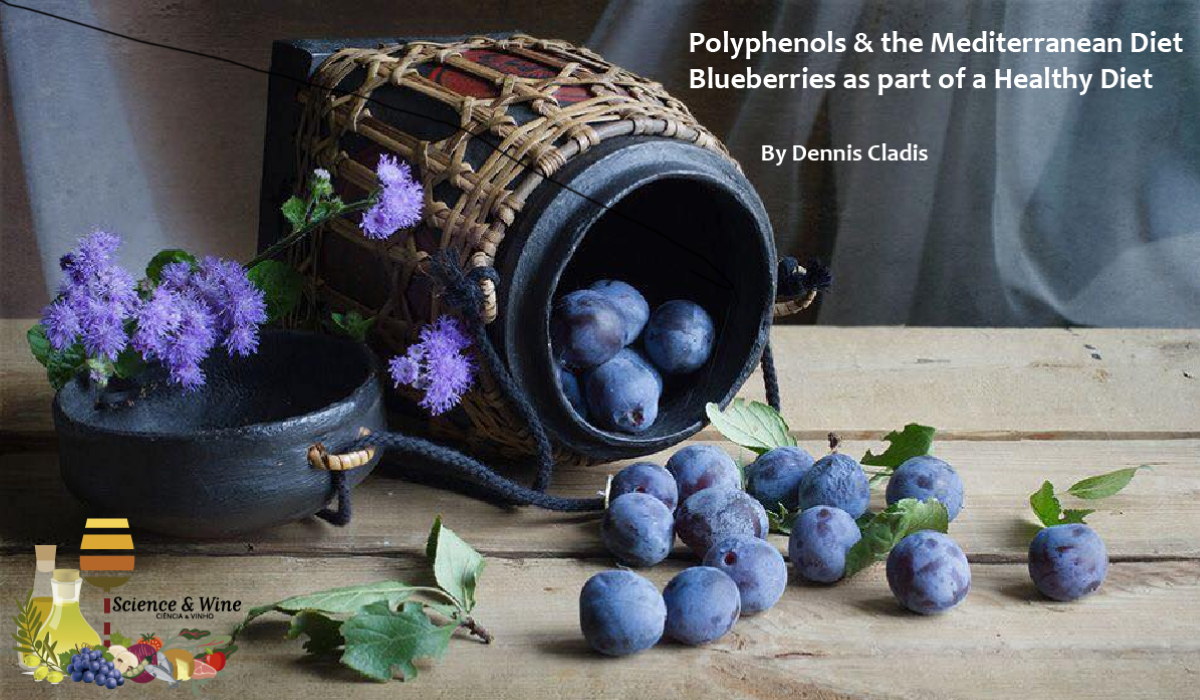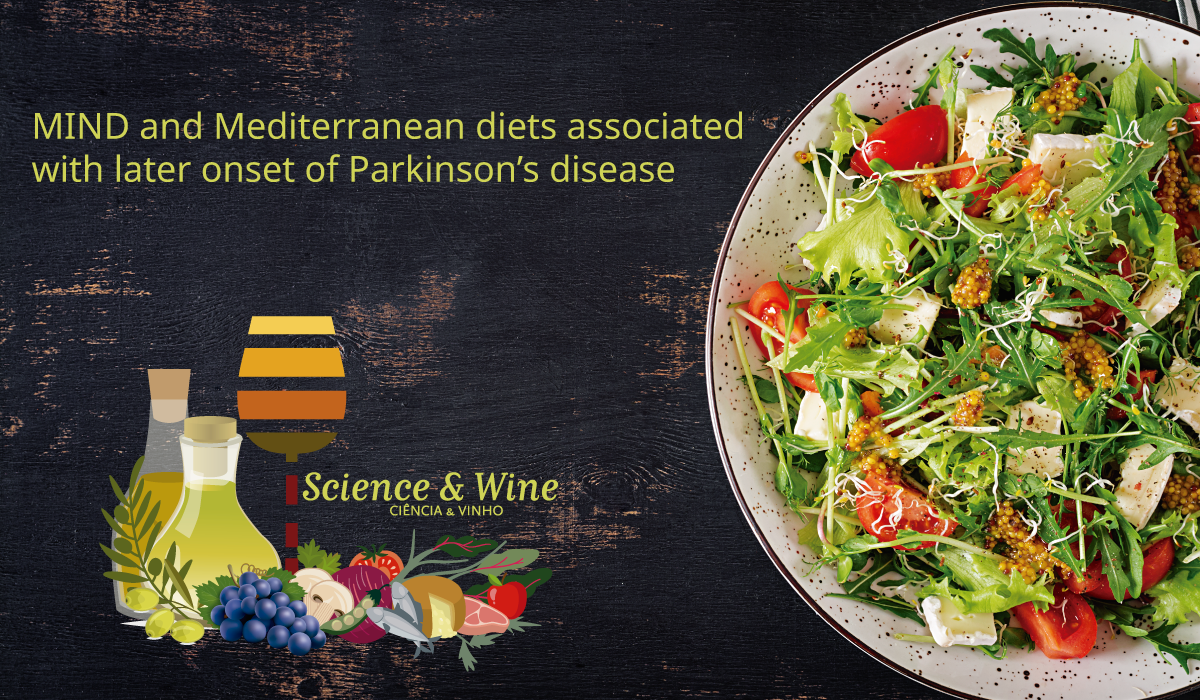Extra virgin olive oil (EVOO) is a major component of the Mediterranean diet and is appreciated worldwide because of its nutritional benefits in metabolic diseases, including type 2 diabetes (T2D). EVOO contains significant amounts of secondary metabolites, such as phenolic compounds (PCs), that may positively influence the metabolic status. This post reports a study where was investigated for the first time the effects of several PCs on beta-cell function and survival. The results show that hydroxytyrosol, tyrosol, and apigenin foster beta-cells’ health, suggesting that EVOO or supplements enriched with these compounds may improve insulin secretion and promote glycemic control in T2D patients.
The Mediterranean diet (MD) is a combination of foods mainly rich in antioxidants and anti-inflammatory nutrients that have been shown to have many health-enhancing effects. Extra-virgin olive oil (EVOO) is an important component of the MD. The importance of EVOO can be attributed to phenolic compounds, represented by phenolic alcohols, hydroxytyrosol, and tyrosol, and to secoiridoids, which include oleocanthal, oleacein, oleuropein, and ligstroside. This post summarizes the most recent findings regarding the pharmacological properties, molecular targets, and action mechanisms of secoiridoids, focusing attention on their preventive and anti-cancer activities. The prospects for their possible use in human cancer prevention and treatment is also discussed.
Olive oil is an appreciated food product with high nutritional value, besides being an essential component in many culture diets. In this post the author presents how an application of a simple and non-invasive paper-based optoelectronic nose could be used to evaluate the odor of olive oils. By developing suitable mobile apps, it can be possible in the future to evaluate food product quality in a portable, low-cost, and in-situ way.
In the last two decades, phenolic compounds occurring in olive oils known as secoiridoids have attracted a great interest for their bioactivity. The aim of this study was to assess the secoiridoid contents as a function of olive cultivars, place of cultivation (i.e., different Italian regions) and olive oil processing, in particular two- vs. three-phase horizontal centrifugation. As expected, higher secoiridoid contents were generally found in olive oils produced by two-phase horizontal centrifugation. Moreover, some region/cultivar-related trends were evidenced, as oleuropein and ligstroside aglycones prevailed in olive oils produced in Apulia (Southern Italy), whereas the contents of oleacin and oleocanthal were relatively higher in EVOO produced in Central Italy (Tuscany, Lazio and Umbria). A lower content of all the four secoiridoids was generally found in EVOO produced in Sicily (Southern Italy) due to the intrinsic low abundance of these bioactive compounds in cultivars typical of that region.
Consuming polyphenol-rich fruits and vegetables, including blueberries, is associated with beneficial health outcomes. Interest in enhancing polyphenol intakes via dietary supplements has grown, though differences in fruit versus supplement matrix on gut microbiota and ultimate phenolic metabolism to bioactive metabolites are unknown. This post summarizes the results of an in vivo study where it was found that gut microbial populations showed increased diversity at moderate doses but decreased diversity at high doses. Urinary phenolic metabolites were primarily observed as microbially derived metabolites and underwent extensive host xenobiotic phase II metabolism. Thus, blueberry polyphenols in fruit and supplements induce differences in gut microbial communities and phenolic metabolism, which may alter intended health effect.
Osteoporosis represent a widespread public health problem. The management and prevention of osteoporosis and related low energy fractures start with a correct lifestyle and proper nutrition. Several different nutrients are essential for bone and mineral metabolism, especially calcium. Nevertheless, a well-balanced nutrition, such as Mediterranean diet (MD), proved to be beneficial for several chronic diseases and also fragility fractures resulted lower in the Mediterranean area. A prospective observational study in a population of two hundred peri- and post-menopausal women (aged 30–80 years) was developed at Careggi hospital, Florence. Both MD adherence and dietary calcium intake were evaluated in occasion of a “first visit” and a “follow-up” visit, through validated questionnaires. The results in this population of peri- and post-menopausal women, show that a higher daily calcium intake is recorded in higher levels of MD adherence. In addition, a short duration (no more than 20 min) nutritional interview, during which advice was provided in the context of a good clinical practice routine, was sufficient to obtain promising results in terms of lifestyle improvement and prevention of osteoporosis.
This post reposts the results of an investigation about the postprandial modulation of cardiovascular‐related microRNAs elicited by extra virgin olive oil (EVOOs) containing different levels of their own polyphenols. During the postprandial state, the levels of let‐7e‐5p decrease with EVOO regardless of polyphenol content suggesting a general response to the fatty acid composition of EVOO or/and the presence of at least 250 mg polyphenol kg−1 olive oil. Moreover, the miR‐17‐92 cluster increases by low and medium polyphenol content suggesting a role in fatty acid metabolism and nutrient sensing. Thus, postprandial modulation of circulating microRNAs levels could be a potential mechanism for the cardiovascular benefits associated with EVOO intake.
This post summarizes is about a cross-sectional study that found a strong correlation between age of onset of Parkinson’s disease (PD) and dietary habits, suggesting that nutritional strategies may be an effective tool to delay PD onset. Further studies may help
to elucidate potential nutrition-related sex-specific pathophysiological mechanisms and differential prevalence rates in PD.
The search for a quality diet has grown over the past decade. Diet is considered one of the pillars for the prevention and progression of several diseases, among them: diabetes. Type 2 diabetes (T2D) is an epidemic of western countries that increases the vulnerability of other diseases, such as cardiovascular and cancer. T2D is associated with lifestyle and diet. The traditional Mediterranean diet has proven its benefits over several cardiovascular risk factors, and specifically on diabetes.
Dietary sources of anthocyanins include red and purple berries, grapes, apples, plums, cabbage, or foods containing high levels of natural colorants. Cyanidin, delphinidin, malvidin, peonidin, petunidin, and pelargonidin are the six common anthocyanidins. Following consumption, anthocyanin absorption occurs along the gastrointestinal tract, being distal lower bowel the place where occurs most of the absorption and metabolism. In the intestine anthocyanins first undergo extensive microbial catabolism and then absorption and human phase II metabolism, producing hybrid microbial–human metabolites, which are absorbed increasing anthocyanins bioavailability. Health benefits of anthocyanins have been widely described, especially in the prevention of diseases associated with oxidative stress such as cardiovascular ones. In this post is summarized recent findings on cardioprotective effects of anthocyanins









